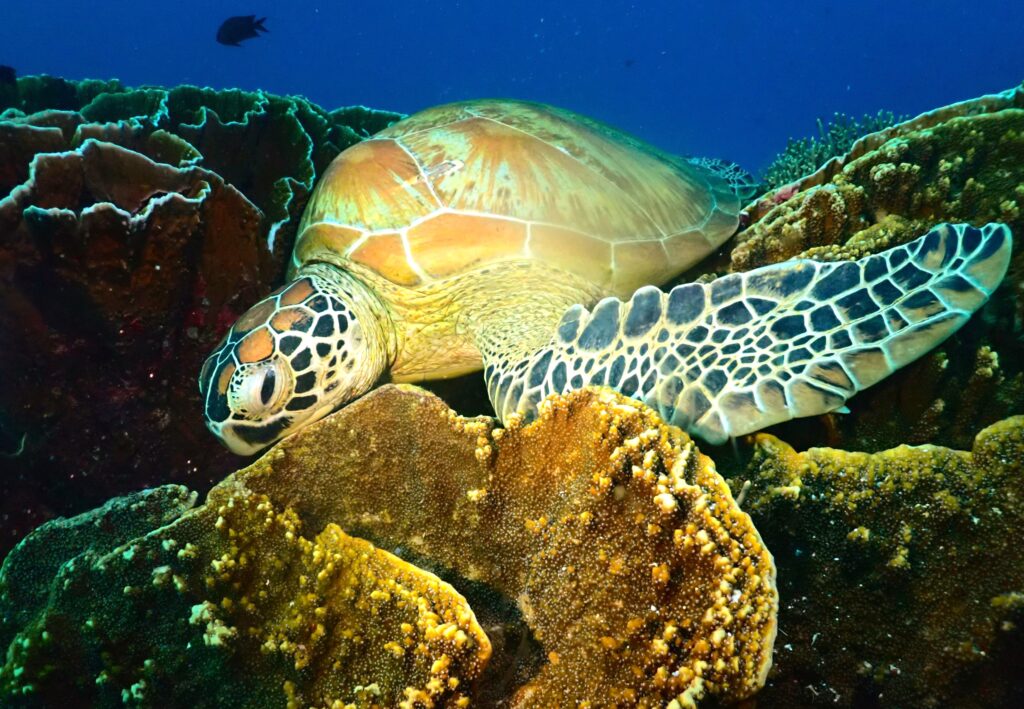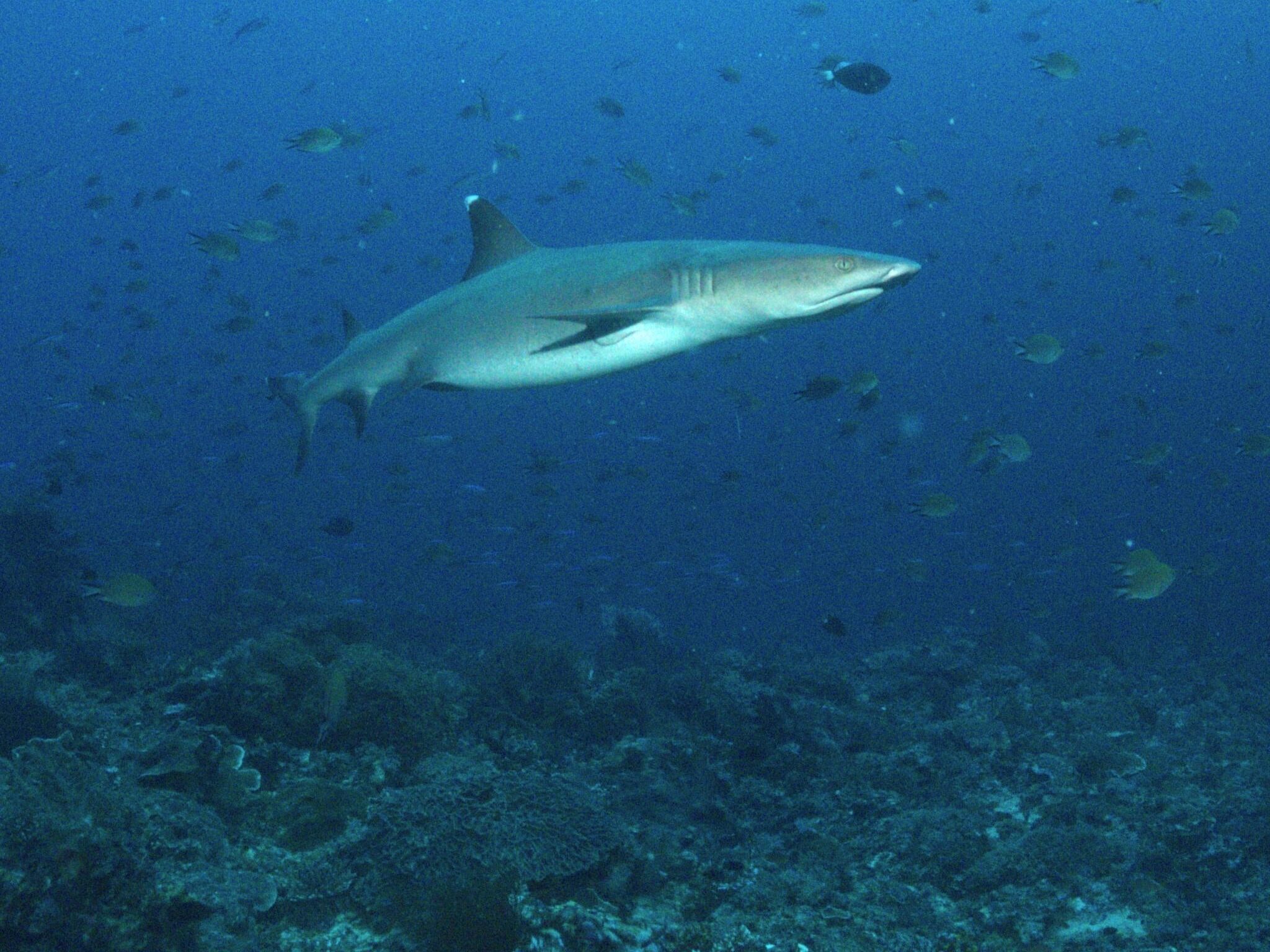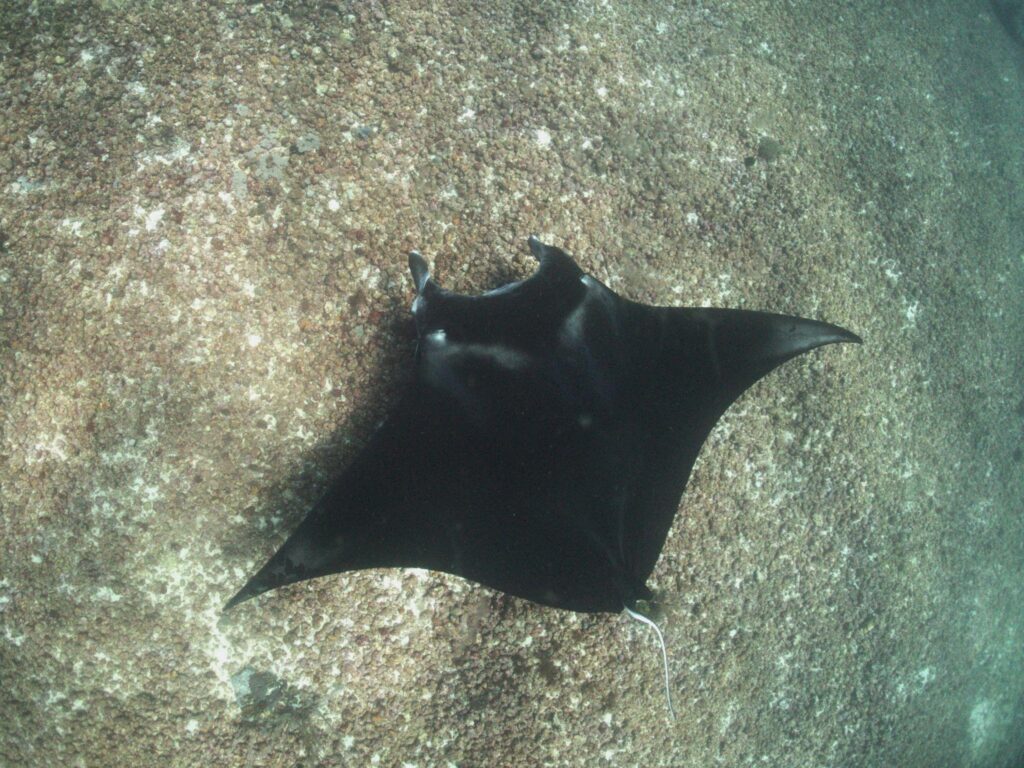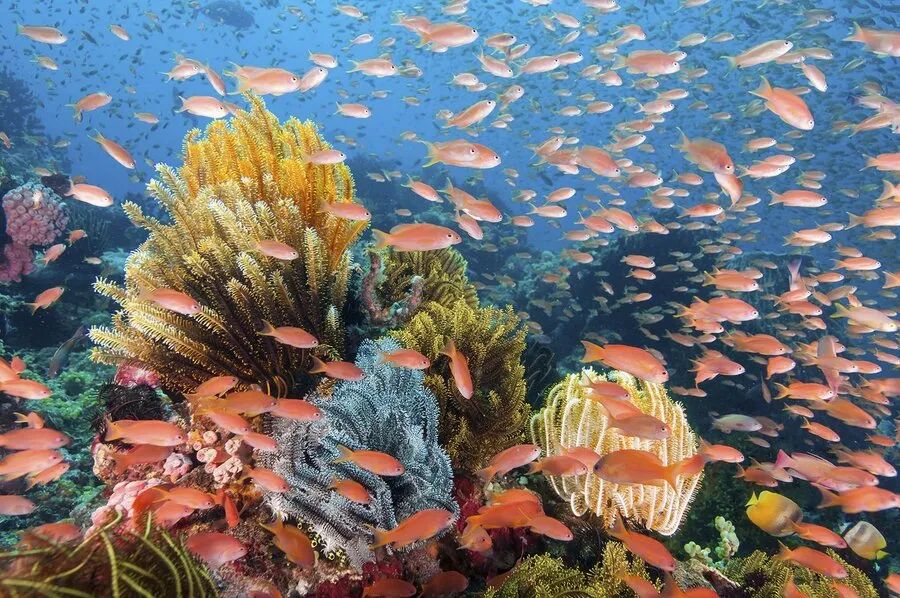Komodo National Park is one of the world’s top diving destinations. Located in Indonesia, this archipelago offers a vibrant marine ecosystem with strong currents, unparalleled biodiversity, and breathtaking underwater landscapes. From encounters with manta rays to reefs teeming with life, Komodo has it all for diving enthusiasts.
What Makes Komodo Special
Komodo is famous for its strong currents, making it an ideal destination for experienced divers looking for an adrenaline rush. These currents bring a vast amount of nutrients, supporting the area’s incredible biodiversity. Depending on the dive site, you can find anything from gentle drift dives to challenging currents where marine life flourishes in full display.
Additionally, visibility in Komodo varies throughout the year, reaching up to 30 meters during the dry season (April to November). During the rainy season, visibility may decrease slightly, but marine activity intensifies, increasing the chances of close encounters with manta rays and other iconic species.
Komodo is a place where the power of the ocean creates unique conditions for marine life. Its waters are influenced by the currents of the Indian Ocean and the Flores Sea, generating a diverse and ever-changing ecosystem. Here, you can find
- Large pelagics: Reef sharks, manta rays, and tunas patrolling the waters
- Coral reefs: A colorful festival of hard and soft corals in excellent condition.
- Fascinating macro life: Pygmy seahorses, nudibranchs, and frogfish hiding among the corals.
- Great visibility and warm waters: Depending on the season, visibility can exceed 30 meters.
Best Dive Sites in Komodo
Manta Point
If you want to dive with manta rays, this is the perfect place. Known as a cleaning station for these ocean giants, you’ll see multiple mantas gracefully gliding through the currents. This is a drift dive, allowing you to enjoy the spectacle effortlessly
Batu Bolong
One of the park’s most impressive reefs. This underwater pinnacle is covered in vibrant corals and is home to a vast array of tropical fish, turtles, and reef sharks
Castle Rock
A paradise for experienced divers. Its strong currents attract massive schools of jacks, barracudas, sharks, and mantas, creating a thrilling underwater environment.
Manta Alley
Located in southern Komodo, this is another prime site for spotting large numbers of manta rays, especially during the rainy season.
Tatawa Besar
Ideal for drift diving, with reefs full of life and colorful fish swimming alongside divers.
Best Time to Dive in Komodo

You can dive in Komodo all year round, but here are some key consideration
- April to November: Dry season with the best visibility and most stable conditions.
- December to March: Rainy season, but the best time to see manta rays in large numbers.
- June to September: Higher chances of spotting the elusive mola mola and the rare dugong.
Difficulty and Depth
Diving in Komodo is suitable for both beginner and advanced divers, but some sites require experience due to strong currents. Depths vary from shallow reefs at 5 meters to deep walls exceeding 30 meters. Many sites, such as Castle Rock and Batu Bolong, demand good buoyancy control and confidence in drift diving techniques. Less challenging options, like Tatawa Besar, offer a more relaxed experience with stunning marine life.
You can dive in Komodo all year round, but here are some key considerations
Advanced Current Information in Komodo
Komodo is well-known for its strong and dynamic currents, which are influenced by the geographical layout of the islands, as well as the interaction between the Indian Ocean and Flores Sea. These currents can vary greatly depending on the dive site and the time of year, offering both challenges and unique opportunities for experienced divers.
- Drift Diving: Most of Komodo’s dive sites involve drift diving, where divers are carried along by the currents, allowing them to cover large areas without much effort. However, this also means that divers must be prepared for varying levels of current strength, from gentle to very strong. At some sites like Castle Rock, the currents can be fierce, attracting large pelagics, including sharks, mantas, and schools of jacks and barracudas.
- Tidal Influence: The strength of the currents in Komodo is often dictated by the tides, with incoming tides generally producing stronger currents. These currents can bring in nutrient-rich waters, attracting large numbers of marine life. For example, the best opportunities to see manta rays are often during the change of tides, as the animals use the currents to glide effortlessly through the water
- Upwelling Zones: In some parts of Komodo, such as Batu Bolong and The Cauldron, the upwelling currents bring cooler, nutrient-rich waters from the depths. These sites are known for their high biodiversity, as the upwelling creates an ideal feeding ground for both pelagic and reef species.
- Advanced Dive Sites: Sites like Manta Point, Castle Rock, and The Cauldron can have very strong and unpredictable currents, requiring divers to have strong buoyancy control and current awareness. Some dive sites also have large vertical drops, where divers can go down to deeper depths before ascending or drifting along the reef.
- Seasonal Changes: During the dry season (April to November), the currents are more predictable, and visibility is typically better. However, during the rainy season (December to March), while the visibility may decrease, the nutrient-rich waters bring more marine activity and stronger currents, making it a prime time for sightings of manta rays and other pelagic species.

Beyond Diving: Exploring Komodo
Komodo is not just a paradise for divers. You can also:
- Visit Rinca or Komodo Island to see the famous Komodo dragons.
- Hike and enjoy panoramic views at Padar Island.
- Relax at Pink Beach, famous for its uniquely colored sand.
Dive with Diving Seasons!
If you want to experience an unforgettable diving adventure in Komodo, Diving Seasons takes care of everything. From liveaboard safaris, dive resorts, to daily dive trips, we have options for all skill levels.
Don’t wait any longer—discover why Komodo is a must-visit destination for every diver!
✅ Book your adventure now.




